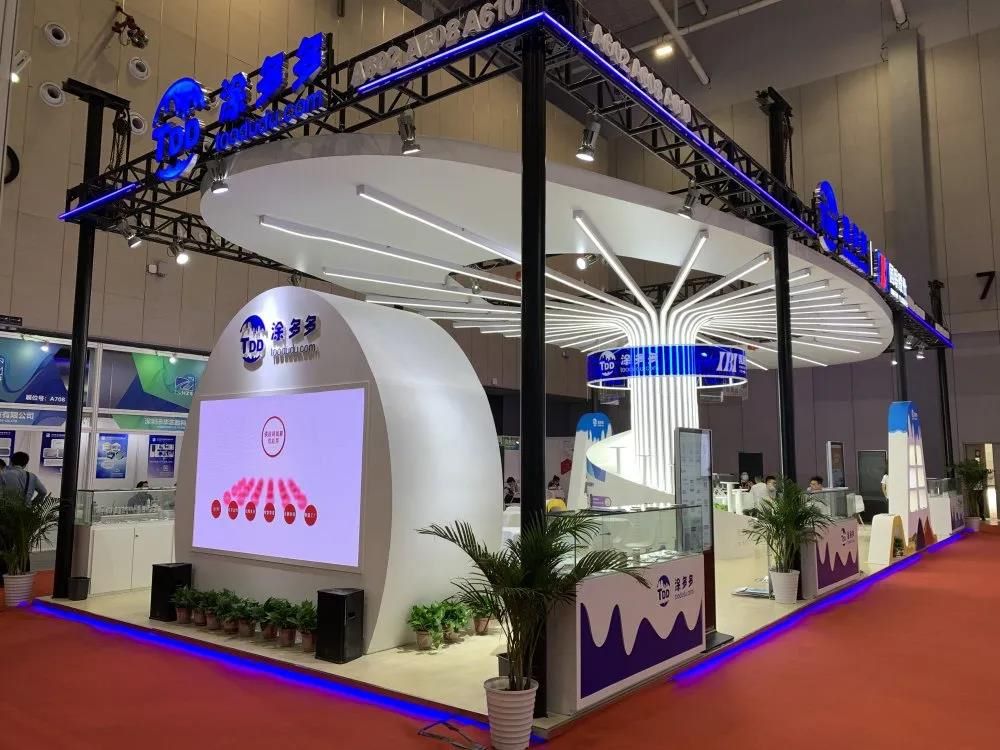How TPE reshapes vehicle fenders
In the process of the automotive industry's continuous pursuit of lightweight, high performance and environmental protection, material innovation has become one of the key factors in promoting the progress of the industry.
Thermoplastic elastomer TPE has gradually emerged in the field of vehicle component manufacturing with its unique performance advantages, especially in the application of fenders and gasket fenders, showing great potential and value.
Thermoplastic elastomer TPE is a type of material with the dual characteristics of high elasticity of rubber and thermoplasticity of plastic. Its molecular structure consists of soft segments and hard segments. The soft segment gives it rubber-like elasticity and flexibility, while the hard segment provides the processing performance and mechanical strength of plastic.
This special structure makes TPE show the elasticity of rubber at room temperature, which can effectively buffer and absorb external impact; at high temperatures, it can melt and flow like plastic, and can be formed through hot processing processes such as injection molding and extrusion.
It has high processing efficiency and can be repeatedly processed and reused, which is in line with the concept of environmental protection.
During the driving process of the vehicle, the fender needs to withstand complex working conditions such as stone impact, muddy water scouring, high and low temperature changes. When TPE is used to make fenders, its excellent elasticity enables it to deform quickly when hit by stones, absorb impact energy, avoid cracking and damage caused by rigid collision, and effectively extend the service life of the fender.
At the same time, TPE's good weather resistance enables it to maintain stable performance under different climatic conditions. Whether it is the cold north or the hot south, it will not become hard and brittle or soften and deform due to temperature changes. In addition, TPE also has excellent chemical corrosion resistance. In the face of various stains, oil stains, and chemical substances such as snow melting agents on the road, it can maintain the stability of its own structure and performance, and maintain the neat appearance and protective function of the fender.
For gasket fenders, TPE's sealing performance and shock absorption and noise reduction functions play an important role. Gasket fenders are usually installed in key parts such as vehicle chassis to seal gaps to prevent mud, water, dust, etc. from entering the interior of the vehicle.
At the same time, they have the effect of shock absorption and noise reduction, and improve driving comfort. TPE's good elasticity enables it to fit vehicle parts tightly, forming a reliable seal and effectively blocking external impurities; during vehicle driving, TPE can also absorb and buffer the energy generated by uneven road surfaces, vehicle vibrations, etc., reduce the transmission of vibrations to the vehicle, reduce noise inside the vehicle, and create a quiet and comfortable environment for drivers and passengers.
In terms of production and manufacturing, TPE's processing performance has brought great convenience to the production of vehicle components.
Compared with traditional rubber materials, TPE does not require complex processes such as vulcanization, and can be directly injection molded, with a short production cycle and high production efficiency, which can quickly meet the market's demand for vehicle components.
In addition, TPE can also be combined with other plastic materials through processes such as co-injection molding to achieve composite molding, and produce vehicle components with multiple functions and characteristics, further improving product performance and added value.











